Growing cucumbers at home is totally awesome! Just like other vegetables and fruits, they taste way better when you grow these crisp vegetables yourself. It’s super easy and totally rewarding, especially if you pick the right variety for container gardening. During the gardening journey, if you find it a little tricky to grow cucumbers successfully, there are a few helpful things you should know.
1. Choose The Right Cucumbers
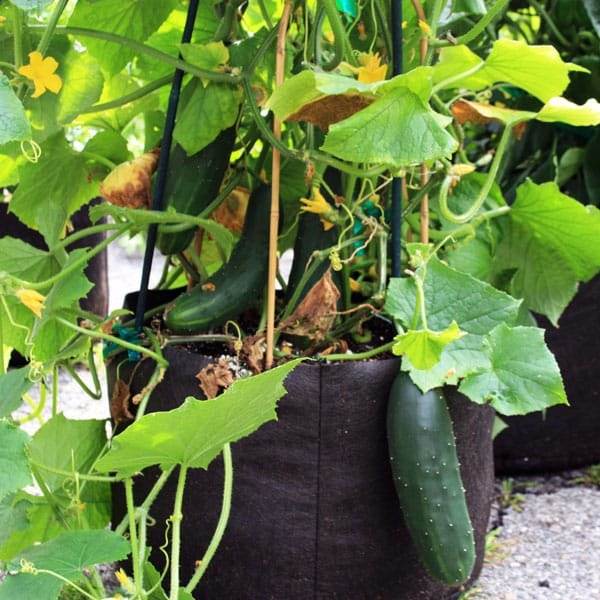
When it comes to growing cucumbers in containers, you’ll want to pick the right type of cucumbers. There are two main categories: bush cucumbers and vining cucumbers. Bush cucumbers are compact and well-suited for containers, while vining cucumbers are more sprawling and typically require a trellis. For containers, bush cucumbers are your best buddies. They’re compact, produce a high yield, and are ideal for smaller spaces.
2. Container Selection

Choose a container that’s at least 12 inches deep and 12 inches in diameter for each cucumber plant. Larger containers are even better because cucumbers love spreading their roots. Make sure your container has adequate drainage holes to prevent waterlogged soil.
3. Planting Cucumbers In Containers
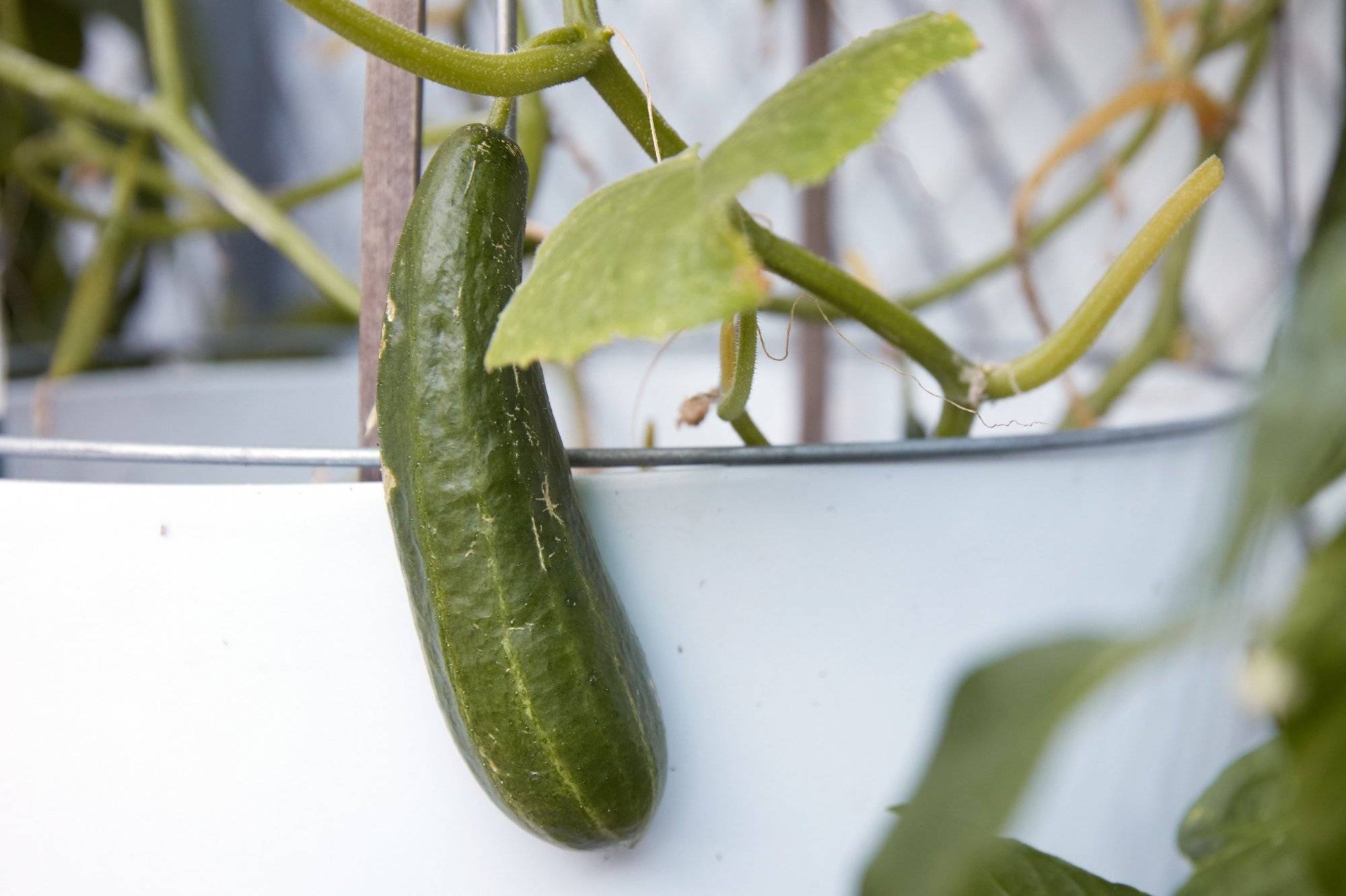
Before planting, you should prepare a high-quality potting mix that’s well-draining and rich in organic matter. Cucumbers are thirsty plants but hate sitting in soggy soil, so good drainage is key.
Cucumbers can be started from seeds or small seedlings, which you can usually find at your local nursery. If you’re starting from seeds, plant two to three seeds about 1 inch deep in the center of the container. Once they’ve sprouted and developed their first true leaves, thin them to the healthiest seedling.
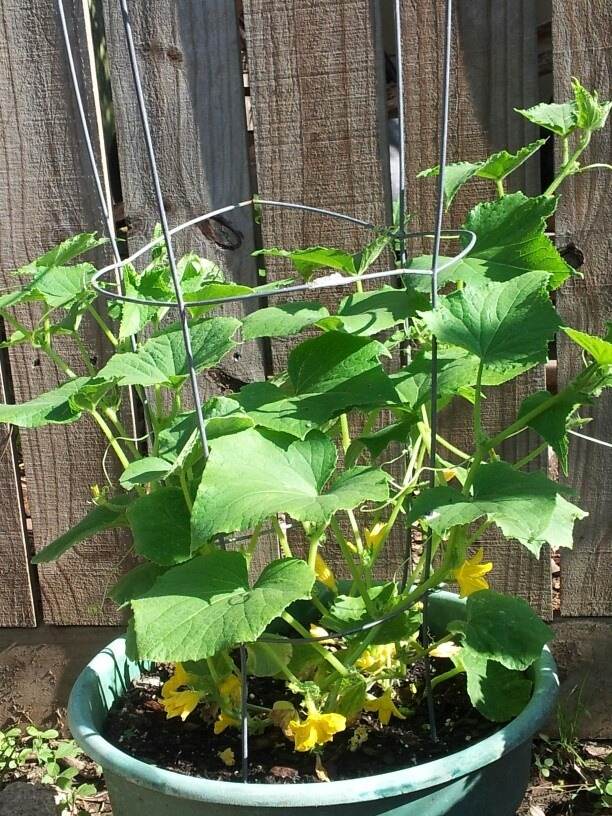
Cucumbers love soaking in sunshine, so place your container in a spot that receives at least 6-8 hours of sunlight per day. If you’re growing them indoors, use a sunny windowsill or provide supplementary grow lights. For vining cucumbers in containers, consider providing a trellis or some support. Cucumbers are climbers, and going vertical can save space and prevent the fruits from sitting directly on the soil.
4. Caring For Your Container Cucumbers

Cucumbers are a little picky about watering, they don’t like it too dry or too wet, they like it just right. The key is toeep the soil consistently moist and avoid waterlogging. In the heat of summer, you might need to water daily, especially if your containers dry out quickly. Always water at the base of the plant to prevent fungal diseases.
Cucumbers are relatively heavy feeders. Start with a balanced, all-purpose fertilizer when you plant them. Then, feed them every 3-4 weeks during the growing season with a fertilizer that’s slightly higher in phosphorus and potassium to encourage flowering and fruiting.
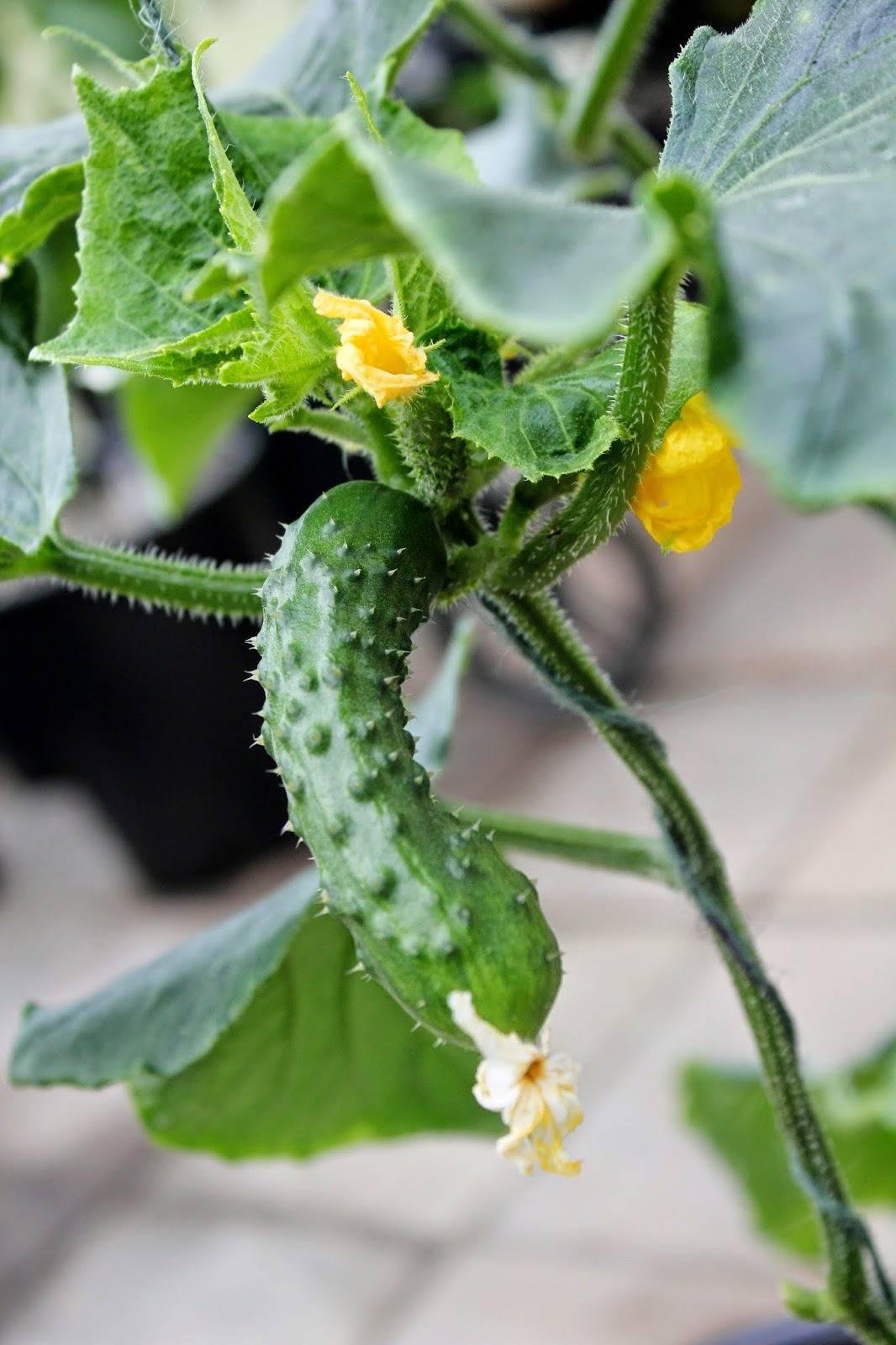
Additionally, keep an eye out for common cucumber pests like aphids, spider mites, and cucumber beetles. If you spot them, give your plants a good spray with insecticidal soap or neem oil. Placing row covers over your plants can also deter these critters.
5. Harvesting Your Crisp Cucumbers
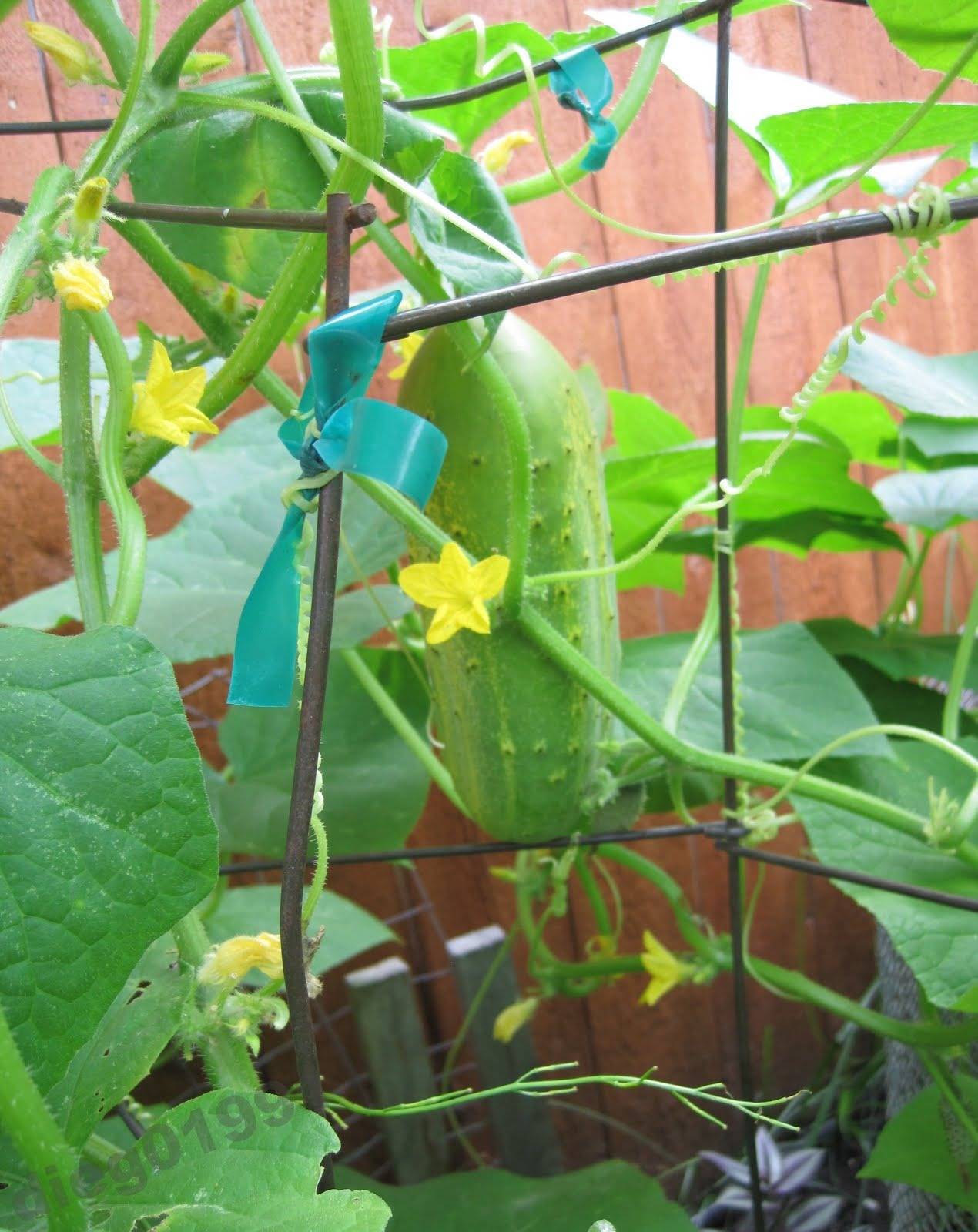
Cucumbers are a bit like magic. They start as these tiny flowers, and before you know it, they’re long, green treasures. Pickling cucumbers are ready to pick when they’re 2-4 inches long. For slicing cucumbers, harvest them when they’re 6-8 inches long, before they start to turn yellow at the tips.
Morning is the best time to start harvesting. Use a pair of scissors or pruning shears to cut the cucumbers from the vine, leaving a small stem attached. This prevents damage to the plant.

Cucumbers can be quite prolific, so you might find yourself with more cucumbers than you can handle. Share the bounty with friends and neighbors, or get creative with cucumber recipes, from refreshing salads to pickles. If you’re interested in more homegrown vegetables, follow us to not miss our latest articles.
